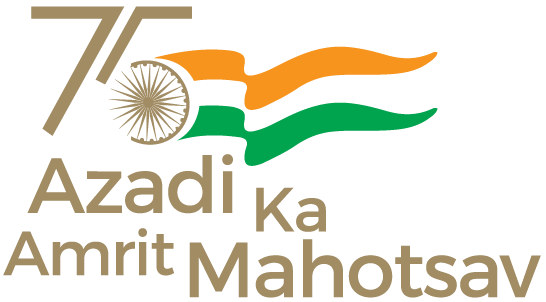National School Safety Programme (NSSP) - A Demonstration Project
National School Safety Programme - Demonstration Project with a total cost of Rs. 48.47 Crore has been proposed as a 100% Centrally Sponsored scheme to be implemented by National Disaster Management Authority (NDMA) across the country in 22 states in two districts each falling in seismic zone IV and V. It is a new proposal and a holistic project to promote culture of Safety in Schools by initiating policy level change, capacity building of officials, teachers, students and other stake holders undertaking Information, Education and Communication activities, promoting non-structural mitigation measures and demonstrative structural retrofitting in few Schools. The project duration is two years i.e. 2011-2013.
The key activities under the project are:
-
Formulating blueprint of draft National School Safety Policy.
-
Stakeholders consultations (5 regional workshops).
-
Holding of National Workshop to deliberate upon the draft and finalise the recommendations.
-
Formulation of draft National School Safety Policy.
-
200 Schools each in two Districts of 22 States are to be targeted.
-
Development of a Standard Teachers Training Module on School Safety. A standard module can be developed at the national level and further modified at the local level.
-
Translation into regional languages and printing of Teachers Training Module.
-
Training of Master Trainers (10 Master trainers per State).
-
Training of Trainers Programme (15 trainers per district).
-
Training of teachers (500 teachers, officials etc per district).
-
Preparation of School DM Plans in 200 schools in targeted Districts.
-
Review and approval of School DM Plans prepared by schools.
-
Distribution of School Disaster Preparedness Kits to 200 schools in targeted district.
-
Conduct Mock Drills in 200 schools in targeted districts.
-
Development of IEC materials and other learning aids (Booklets) for school children and school authorities in local language.
-
Development of IEC Material-Audio Visual.
-
Translation, printing, dissemination of IEC Material.
-
Sensitisation Programmes at state level.
-
Sensitisation Programmes at District Level.
-
Preparation of District level implementation plan (indicating both time and resource requirement) for awareness creation.
-
Selection of other stakeholders who can partner with District Administration in creating awareness among school children. Local NGOs and CBOs can get actively involved in this initiative and can join hands with district administration to carry it forward.
-
Conducting Sensitization Programmes for the District Education Officers, Block Education Officers, senior teachers, NDRF, civil defence volunteers, NSS and NYKS volunteers and other stakeholders who will be involved in creating awareness/conducting awareness programmes across the district.
-
Other district level events can also be organized like painting competitions for school children, debate competition , essay writing and quiz etc.
-
Preparation of a standard Checklist to assess the existing non-structural risks in the school buildings. This particular activity can be taken up at the national level and a readymade checklist can be provided to the state/district administration for reference. The standardized checklist can then be further modified at the local level as per the requirement.
-
Training of at least 2 Engineers from each targeted Districts (44 Districts in all) who are fully qualified technically to carry out assessment of the safety of the existing structures.
-
Carrying out of rapid visual screening of all school buildings in two districts each in 22 States/UTs under Seismic Zones IV and V.
-
Implementation of various non-structural disaster risk mitigation measures in the selected school (200 school each in two districts of 22 States/UTs).
Implementing Agencies
National Level - NDMA
State Level - State Disaster Management Authority (SDMA) and Department of Education
District Level - District Disaster Management Authority (DDMA) and Department of Education through Deputy Directors.

















